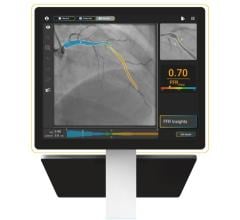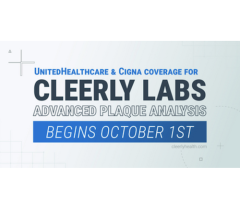June 18, 2009 - Several definitions have been used to assess rates of contrast-induced nephropathy (CIN) in patients undergoing percutaneous coronary intervention (PCI), and a study this week in the American Journal of Cardiology (Vol. 103, Issues 12, pages 1,657-1,662, June 15, 2009), underlines the need to standardize these definitions.
The study examined if the definition influences observed rates of CIN. The study concluded CIN ranged in frequency from 3.3 to 10.5 percent depending on the definition used and was not associated with in-hospital mortality or substantial morbidity, such as dialysis. The wide variation in CIN and its lack of association with adverse outcomes underscore the need for a standardized, clinically relevant definition.
The Oxilan Registry was the first prospective analysis of the efficacy and safety of ioxilan (low-osmolar and low-viscosity contrast medium), including rates of CIN assessed by multiple definitions, in PCI. From July 2006 to June 2007, consecutive patients undergoing PCI using ioxilan were enrolled. Serum creatinine (SCr) and estimated glomerular filtration rate (eGFR) were assessed at baseline and three to five days after PCI. CIN was defined as SCr increase ?0.5 mg/dl, eGFR decrease ?25 percent, SCr increase ?25 percent or the composite.
Of 400 patients (age 62 ± 11 years), 19 percent were women, 37 percent were diabetic, 22 percent were anemic and 8 percent had a history of congestive heart failure. Baseline SCr was 1.12 ± 0.3 mg/dl, and 24 percent had an eGFR
Hospitalization was prolonged in 3.4 percent of patients with CIN and none required dialysis. There were no deaths or severe allergic reactions. Non–ST-elevation myocardial infarction and repeat revascularization each occurred in 0.8 percent.
For more information: www.ajconline.org


 October 24, 2025
October 24, 2025 









